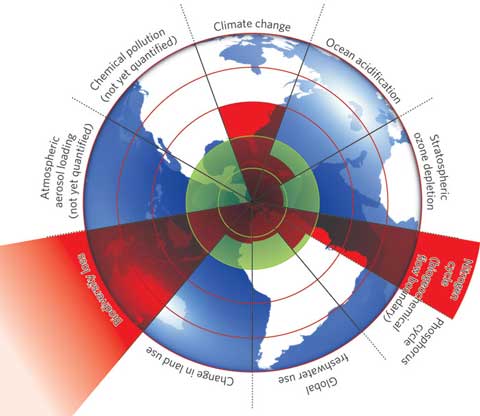 This article was first published in The Press on July 16. It’s a less technical version of my thoughts on where the government should pitch New Zealand’s emissions targets.
This article was first published in The Press on July 16. It’s a less technical version of my thoughts on where the government should pitch New Zealand’s emissions targets.
Climate change minister Nick Smith began his 2020 emissions target meeting in Christchurch last week by quoting Professor Ross Garnaut, the man who laid the foundations for Australia’s climate policy:
“Climate change is a diabolical policy problem. It is harder than any other issue of high importance that has come before our polity in living memoryâ€.
Garnaut was right. Global warming is certainly a big problem — there are none bigger — and there are three factors that make it so difficult to deal with. For a start, it’s a truly global problem. A solution is in no one country’s hands — it requires all the nations of the earth to work together, in itself a heroic challenge. Secondly, we have to act now to prevent the worst effects, even though we won’t see the benefit for decades. If we wait for climate change to bite, it will already be too late to stop terrible damage. And if that weren’t hard enough, we also have to make a fundamental change in the way we fuel our economies, ending our reliance on oil, coal and gas. The Devil’s own problem, indeed.
Continue reading “To boldly go…”
Like this:
Like Loading...
 In a hard-hitting article in today’s New Zealand Medical Journal, a group of senior health professionals call for NZ to halve its greenhouse gas emissions by 2020. The spokesperson for the recently formed Climate and Health Group, Dr Alex Macmillan says:
In a hard-hitting article in today’s New Zealand Medical Journal, a group of senior health professionals call for NZ to halve its greenhouse gas emissions by 2020. The spokesperson for the recently formed Climate and Health Group, Dr Alex Macmillan says:

 Government ministers have deliberately played down the role of forestry in meeting emissions targets, documents released under the Official Information Act suggest.
Government ministers have deliberately played down the role of forestry in meeting emissions targets, documents released under the Official Information Act suggest.